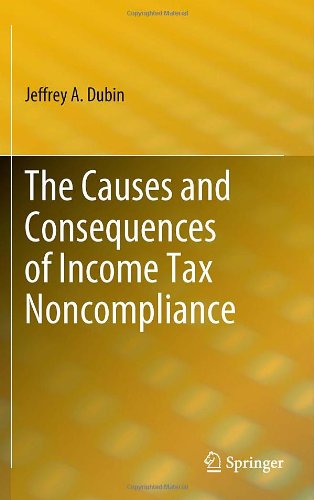

Most ebook files are in PDF format, so you can easily read them using various software such as Foxit Reader or directly on the Google Chrome browser.
Some ebook files are released by publishers in other formats such as .awz, .mobi, .epub, .fb2, etc. You may need to install specific software to read these formats on mobile/PC, such as Calibre.
Please read the tutorial at this link: https://ebookbell.com/faq
We offer FREE conversion to the popular formats you request; however, this may take some time. Therefore, right after payment, please email us, and we will try to provide the service as quickly as possible.
For some exceptional file formats or broken links (if any), please refrain from opening any disputes. Instead, email us first, and we will try to assist within a maximum of 6 hours.
EbookBell Team

4.1
10 reviewsTaxpayer compliance is a voluntary activity, and the degree to which the tax system works is affected by taxpayers’ knowledge that it is their moral and legal responsibility to pay their taxes. Taxpayers also recognize that they face a lottery in which not all taxpayer noncompliance will ever be detected. In the United States most individuals comply with the tax law, yet the tax gap has grown significantly over time for individual taxpayers. The US Internal Revenue Service attempts to ensure that the minority of taxpayers who are noncompliant pay their fair share with a variety of enforcement tools and penalties. The Causes and Consequences of Income Tax Noncompliance provides a comprehensive summary of the empirical evidence concerning taxpayer noncompliance and presents innovative research with new results on the role of IRS audit and enforcements activities on compliance with federal and state income tax collection. Other issues examined include to what degree taxpayers respond to the threat of civil and criminal enforcement and the important role of the media on taxpayer compliance. This book offers researchers, students, and tax administrators insight into the allocation of taxpayer compliance enforcement and service resources, and suggests policies that will prevent further increases in the tax gap. The book’s aggregate data analysis methods have practical applications not only to taxpayer compliance but also to other forms of economic behavior, such as welfare fraud.